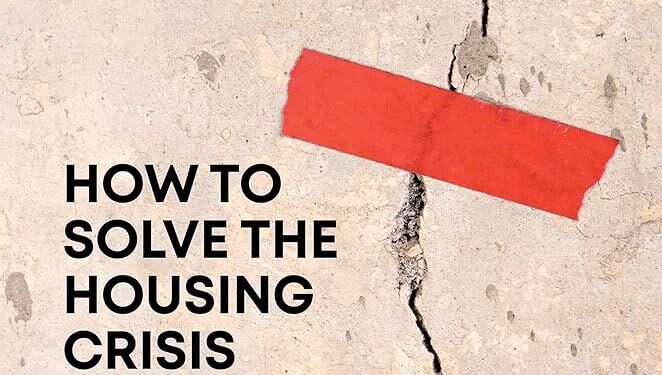Confrontation Over Rent Control: A Defining Moment for Upstate New York’s Housing Market
In a crucial encounter that may redefine the rental market in upstate New York, landlords and legislators are set to engage in a significant debate regarding the expansion of rent control measures. With housing affordability becoming an increasingly urgent issue for many residents, proponents of enhanced rent regulations assert that these policies are vital for safeguarding tenants against rising costs and potential displacement. Conversely, property owners argue that stricter controls could hinder investment opportunities and worsen the existing housing crisis. As both factions prepare for a vigorous discussion, the results of this confrontation could profoundly influence state housing policy and affect countless lives across New York.
Landlord Opposition to Rent Control Expansion Amid Legislative Push for Tenant Safeguards
As conversations intensify around the possible broadening of rent control laws throughout New York State, landlords have expressed strong resistance to these legislative proposals. They contend that capping rental prices may lead to diminished property upkeep and overall quality of housing stock. Key arguments presented by landlord representatives include:
- Investment Deterrence: Many landlords fear that imposing limits on rents will discourage future investments in residential properties, resulting in stagnation within housing development.
- Rising Operational Expenses: Landlords emphasize the necessity of adjusting rents to align with increasing operational costs such as maintenance fees, taxes, and utility expenses.
- Mismatched Rental Market Dynamics: They caution that broader rent control could lead to unintended effects like decreased demand for rental units and heightened competition within the real estate market.
On the other hand, lawmakers advocating for tenant protections stress an urgent need for regulations aimed at ensuring affordable living conditions across all demographics. They point out escalating rents alongside economic inequalities as pressing issues demanding legislative intervention. To illustrate these contrasting viewpoints clearly, consider this summary table highlighting key arguments from both sides:
| Perspective | Main Argument |
|---|---|
| Landlords | Capping rents negatively impacts property investments and maintenance standards. |
| Lawmakers | Broadening rent control is essential to address surging housing expenses. |
Economic Impact of Rent Control Expansion on Upstate Communities
The potential extension of rent control measures in upstate New York raises critical economic questions with far-reaching implications for local communities. Advocates argue such policies would offer necessary relief to low- and middle-income families grappling with housing insecurity while promoting greater economic stability within neighborhoods. However, opponents warn that stricter regulations might inadvertently deter investment in rental properties or worsen existing shortages in available homes. As landlords contemplate their next steps amidst growing concerns about affordable options, discussions surrounding long-term sustainability become increasingly relevant.
The unfolding dialogue necessitates consideration of various outcomes associated with expanded rent controls on upstate communities’ economies:
- Diminished Profitability: Landlords may experience reduced income levels which complicate ongoing property maintenance efforts.
- Avoidance by Investors: Potential investors might shy away from regions implementing strict rent controls—negatively affecting overall economic growth prospects.
- Cohesive Communities:Conversely stabilized rents could foster long-term residency patterns beneficially impacting local businesses’ viability over time.
The following table summarizes possible financial repercussions faced by both landlords and tenants:
| Main Stakeholder | Potential Consequences | ||||||
|---|---|---|---|---|---|---|---|
| Landlords | Diminished revenue streams leading potentially higher vacancy rates coupled with escalating maintenance expenditures .< / td > < / tr > | ||||||
| Tenants< / td > | Increased accessibly priced accommodation options; however , there’s risk stagnating rental markets over time .< / td > < / tr > | ||||||
| Local Economy< / td >< | Possible decline in real estate values impacting tax revenues along municipal service funding.< / td ><
< / tr >
Finding Common Ground: Strategies For Balancing Interests Between Landlords And Tenants RightsThe ongoing discourse surrounding expanded rent regulation highlights competing interests between landlords seeking profitability while tenants advocate their rights . To achieve equilibrium , stakeholders must explore solutions fostering affordable living arrangements without compromising fair returns on investments made by property owners . This balance can be achieved through innovative regulatory frameworks addressing diverse needs among all parties involved . Suggested strategies include :
|





















![Forest ecology cannot be reduced to arithmetic, says M.I. Varghese [Interview] – Mongabay-India](https://earth-news.info/wp-content/uploads/2025/12/328946-forest-ecology-cannot-be-reduced-to-arithmetic-says-mi-varghese-interview-mongabay-india-120x86.jpg)









